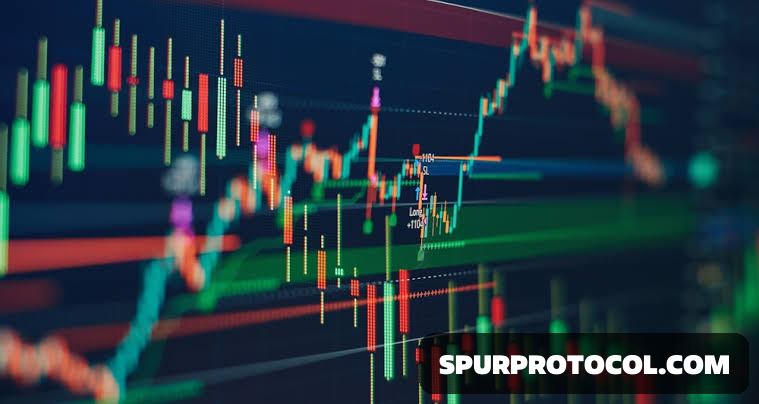ORIGIN OF FUTURES TRADING
Futures trading is a financial strategy that has been in existence for thousands of years. It began as a method for farmers, merchants, and traders to manage the risks of fluctuating prices in commodities like grain, rice, and livestock. Over time, it evolved into a highly structured and regulated financial market that allows businesses, investors and speculators to hedge against price volatility.
Go Back

🕒 5:58 AM
📅 May 14, 2025
✍️ By denrele88
Futures Trading is a financial strategy that has been in existence for thousands of years. It began as a method for farmers, merchants, and traders to manage the risks of fluctuating prices in commodities like grain, rice, and livestock. Over time, it evolved into a highly structured and regulated financial market that allows businesses, investors and speculators to hedge against price volatility.
Today, futures trading is an essential part of the global financial system, influencing commodity prices, stock markets, and currency values.
The concept of futures trading can be traced back to ancient Mesopotamia around 1750 BCE. The Code of Hammurabi, one of the earliest legal documents, included provisions for farmers to sell crops at a predetermined price before harvest. This early form of futures trading helped stabilize agricultural markets by reducing uncertainty for both buyers and sellers.
In ancient Greece and Rome, merchants used similar agreements to secure the future delivery of goods like olive oil and grain. These contracts allowed traders to lock in prices and avoid potential losses due to market fluctuations.
One of the earliest organized futures markets developed in 17th-century Japan at the Dojima Rice Exchange, established in 1730 in Osaka. Samurai, who were paid in rice, and merchants began using rice tickets (similar to futures contracts) to trade rice at predetermined prices. This system allowed buyers and sellers to reduce risk and provided price stability in the rice market.
The modern futures market, as we know it today, began in the United States in 1848 with the establishment of the Chicago Board of Trade (CBOT). Farmers and grain traders in the Midwest needed a way to protect themselves from unpredictable price swings caused by supply and demand fluctuations. The CBOT introduced standardized futures contracts, making it easier for buyers and sellers to trade with confidence.
Over the years, futures trading expanded beyond agriculture to include commodities such as oil, metals, and financial instruments like stock indices, interest rates, and currencies.
Today, global exchanges such as the Chicago Mercantile Exchange (CME), the Intercontinental Exchange (ICE), and the London Metal Exchange (LME) facilitate billions of dollars in futures trading every day.
